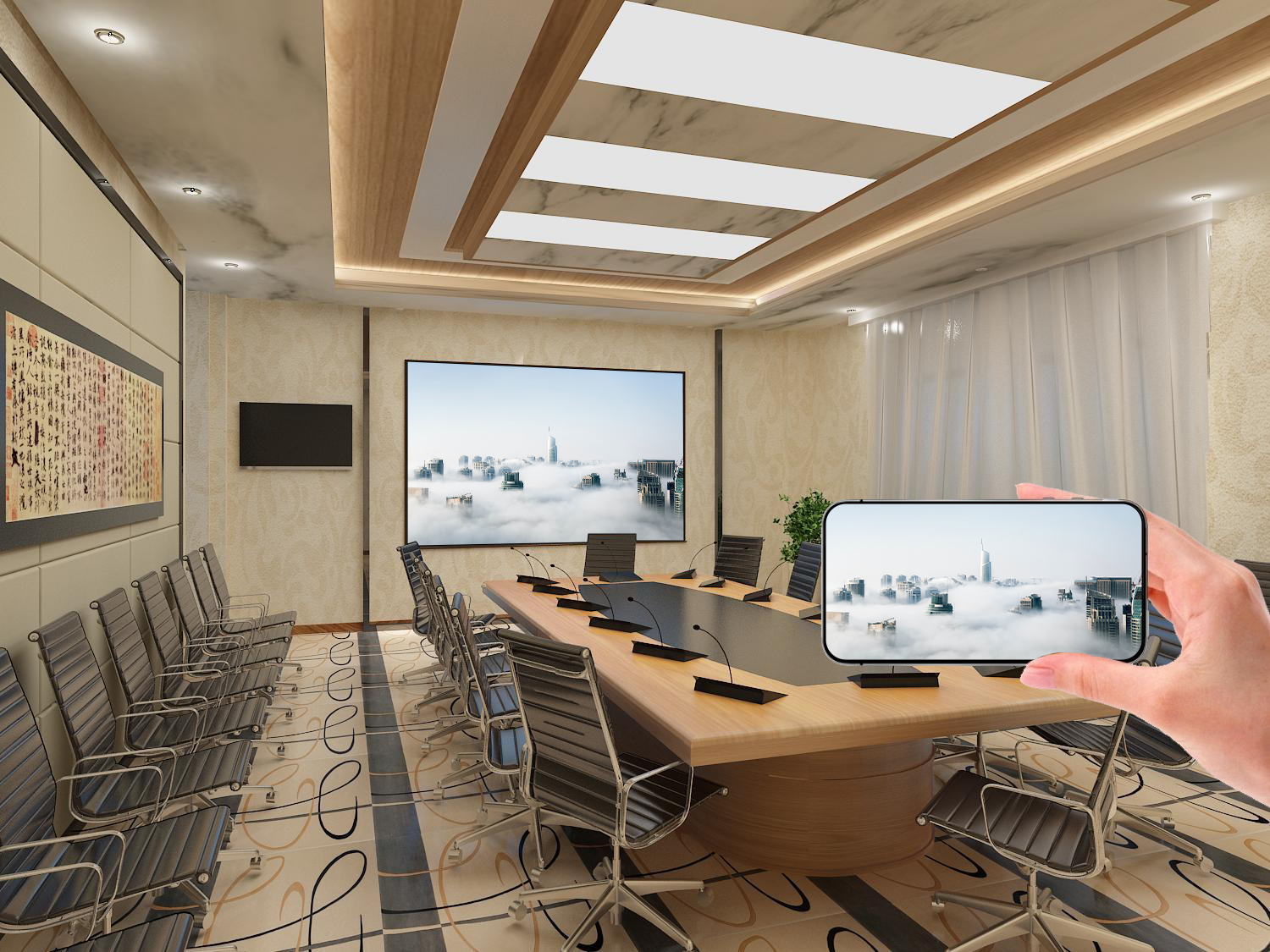Mobile Screen Mirroring Connection Failed? A Detailed Guide to Common Wireless Mirroring Issues and Solutions
While wireless screen mirroring is convenient, it’s inevitable to encounter issues during use. Don’t worry—most problems can be fixed with simple troubleshooting. Below is a guide to resolving mobile screen mirroring issues.
What to Do If the Mirroring Device Cannot Be Found?
- Check network connection: Ensure your mobile phone and the mirroring receiver (e.g., TV, set-top box) are connected to the same Wi-Fi network—this is a prerequisite for DLNA/AirPlay protocol-based mirroring.
- Enable receiver functions: For screen mirroring, confirm the receiver has turned on features like “Wireless Display,” “Screen Sharing,” or “Miracast.”
- Disable AP isolation: Check if your router has “AP Isolation” enabled. This feature blocks devices on the same local network from discovering each other and must be turned off.
How to Fix Lag or High Latency After Successful Connection?
- Optimize Wi-Fi signal: Poor Wi-Fi is the main cause of lag. Move your phone and the receiver closer to the router, or reduce bandwidth-heavy activities (e.g., downloads) on the same network.
- Lower resolution: Older phones or TVs with limited processing power may lag when encoding/decoding high-definition videos. Try reducing the mirroring resolution.
- Switch to 5GHz Wi-Fi: The 2.4GHz band is prone to congestion and interference. If your devices and router support it, prioritize connecting to the 5GHz Wi-Fi band.
What to Do If There’s Sound But No Picture (or Vice Versa)?
- Test with standard video formats: Some special-format video files may not be supported by the receiver. Try playing a standard MP4 video to verify.
- Disconnect Bluetooth devices: If your phone is connected to Bluetooth headphones, audio will output through the headphones. Disconnect the Bluetooth device and try again.
How to Resolve Unstable Mirroring in Enterprise Meetings?
- Adopt enterprise-grade solutions: Enterprise Wi-Fi environments are complex with dense device usage, which easily causes unstable mirroring. Consider deploying an enterprise-grade wireless mirroring solution—its dedicated wireless mirroring SDK and hardware terminals are deeply optimized for high-density connections and anti-interference.
- Use professional systems for group discussions: Scenarios requiring group discussions demand specialized system support to ensure stable collaboration.
Most wireless mirroring issues stem from network or device settings. If the above methods don’t work, there may be compatibility issues between the app’s built-in wireless mirroring SDK and the receiver. In this case, reporting the problem to the app developer or SDK provider is the best option.
